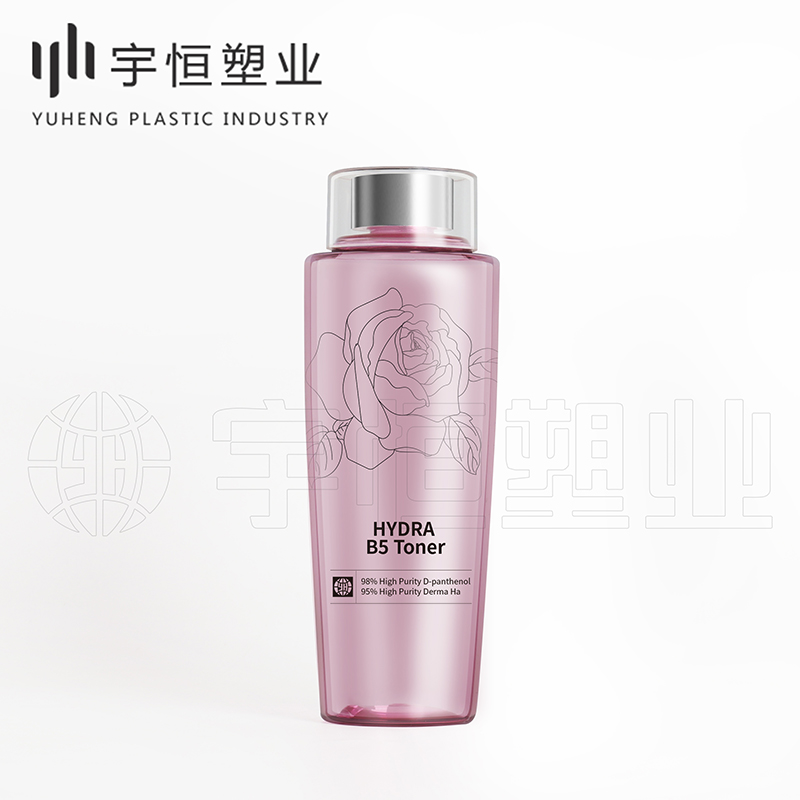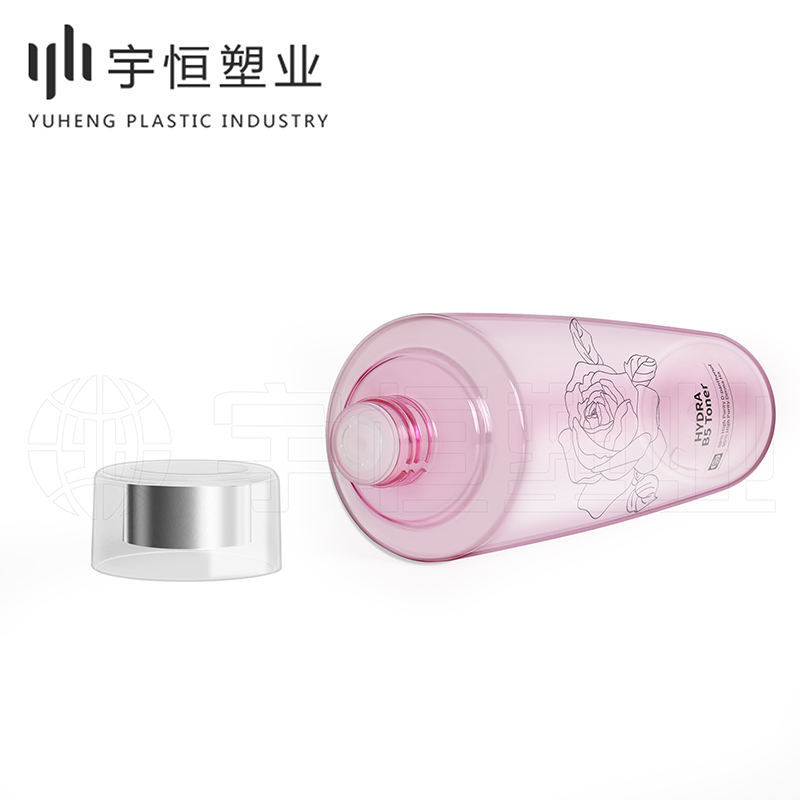In the cosmetics industry, OEM packaging materials have become a common production method. This production method mainly refers to the brand entrusting the cosmetics factory to produce products and using the packaging materials provided by the factory for product packaging. Although this production method has certain convenience, in the actual operation process, the brand still needs to pay attention to some key elements and issues. This article will provide a detailed introduction to the precautions for OEM packaging materials for cosmetics, hoping to provide some reference suggestions for brand owners and OEM factories.

With the continuous expansion of the cosmetics market, the demand for product production by brands is also gradually increasing. In order to reduce costs and improve efficiency, many brands choose to use OEM packaging materials for product production. This approach allows the brand to focus their main efforts on product development and marketing, while handing over the production process to professional foundries. However, when choosing OEM factories and packaging materials, the brand needs to pay attention to some potential issues to ensure product quality and safety.

1. Quality issues
In the process of OEM packaging materials for cosmetics, quality issues are the most critical aspect. The brand should choose a reputable and qualified OEM factory to ensure the quality and stability of packaging materials. In addition, the brand also needs to conduct regular quality supervision and testing on the OEM factory to ensure that there are no quality issues with the products during the production process.

2. Packaging issues
In addition to the quality issues of the packaging material itself, packaging is also an aspect that needs to be noted. The brand needs to select appropriate packaging materials based on the characteristics and needs of the product, and ensure that there are no defects or errors in the packaging process of the OEM factory. For example, packaging materials should comply with relevant regulatory requirements, and the information on labels should be accurate and accurate.

3. Chemical content issues
Cosmetics often contain various chemical substances, so when choosing packaging materials, the brand also needs to pay attention to the content of chemical substances. Factories should choose non-toxic and harmless packaging materials and ensure that there are no instances of chemical substances exceeding standards or pollution during the production process. In addition, the brand also needs to conduct regular chemical testing of the product to ensure its safety and stability.

Based on the above precautions, we provide the following suggestions:
1. Choose packaging materials produced by legitimate manufacturers
When choosing a substitute factory, the brand should give priority to manufacturers with formal qualifications and production scale. These manufacturers generally have strict quality management systems and advanced production equipment, which can ensure the quality and stability of packaging materials. In addition, legitimate manufacturers usually have strong technical strength and innovation awareness, and can provide more customized solutions for brand owners.

2. Conduct strict quality control
During the cooperation process with the OEM factory, the brand should establish a comprehensive quality control system and conduct comprehensive supervision and testing of the production process. Once quality issues are found, they should be immediately communicated with the OEM factory and corresponding measures should be taken to solve them. In addition, the brand can regularly evaluate and audit the OEM factory to ensure that its production level and quality are consistent with expectations.

3. Choose appropriate packaging materials
Brands should choose appropriate packaging materials for different product characteristics and needs. For example, for products with high humidity and high oil content, packaging materials with good moisture-proof and barrier properties should be selected; For products that require frequent opening and closing, packaging materials with good sealing performance should be selected. In addition, packaging materials should also meet the requirements of environmental protection and recyclability.

In summary, although cosmetic OEM packaging materials have certain convenience, many key elements and issues need to be noted in the actual operation process. The brand should choose a legitimate OEM factory and establish a strict quality control system to ensure the quality and stability of packaging materials. At the same time, selecting appropriate packaging materials for different product needs is also crucial. Only by fully valuing and ensuring these aspects can the overall quality and safety of cosmetic products be ensured.




